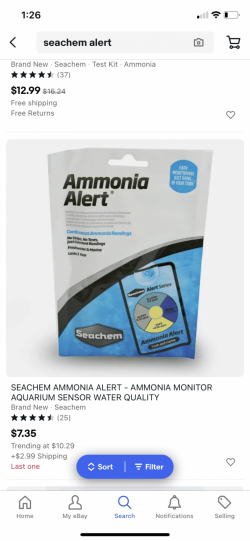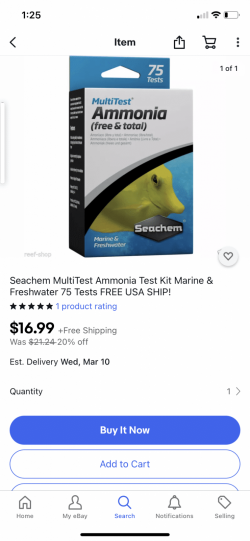Ammo lock does detoxifies ammonia but you also need a separate dechlorinator. Seachem Prime does both in one bottle.Yep that is what my husband said about the city water. I got some ammo lock which detoxifies. It says add every 2 days, if after 7 still shows ammonia do a 25% water change. How will that help when the city water has Chloramine in it?
These products detoxify ammonia for 24 hours. In a cycled tank, there are bacteria which eat ammonia and they will eat the detoxified ammonia that comes in tap water as well as the ammonia made by the fish. Assuming your tank is cycled, the bacteria will remove the ammonia in your tap water well within 24 hours.
But if you are doing a fish-in cycle, regardless of what manufacturers tell you, you need to do a water change whenever ammonia or nitrite is above zero. These products (Prime, ammo lock) only detoxify the ammonia for 24 hours so you still need to do daily water chnages, but they will protect fish between daily water changes.
Manufacturers' instructions pander to the "I want it and I want it now" way of life. They make products so that people can avoid doing water changes because that's the popular image of keeping fish - fill a tank with water, put fish in, feed them. They don't want to do any maintenance. So they make products to pander to these people.
What we must understand is that everything we add to a tank gets inside the fish so the less we add to a tank the better. Using a chemical at minimum level to keep the fish safe is important. So yes, if there is chloramine in tap water use a water conditioner which splits chloramine, removes chlorine and detoxifies ammonia to treat the new water; but during fish-in cycling, do water changes whenever ammonia and/or nitrite are above zero rather than just throw in more chemicals on a daily basis.



